-
 bitcoin
bitcoin $109523.663807 USD
-0.13% -
 ethereum
ethereum $4019.526508 USD
2.06% -
 tether
tether $1.000482 USD
0.00% -
 xrp
xrp $2.776815 USD
0.18% -
 bnb
bnb $958.942396 USD
0.12% -
 solana
solana $204.294698 USD
3.84% -
 usd-coin
usd-coin $0.999693 USD
0.00% -
 dogecoin
dogecoin $0.232115 USD
2.09% -
 tron
tron $0.338028 USD
0.84% -
 cardano
cardano $0.790920 USD
1.50% -
 hyperliquid
hyperliquid $44.871443 USD
5.60% -
 ethena-usde
ethena-usde $1.000322 USD
0.04% -
 chainlink
chainlink $21.034165 USD
2.60% -
 avalanche
avalanche $28.794831 USD
-0.54% -
 stellar
stellar $0.360466 USD
1.24%
What is blockchain explained in plain language?
Blockchain's decentralized, immutable, and transparent nature enables secure and reliable record-keeping across distributed networks.
Oct 01, 2024 at 05:41 am

A blockchain is a revolutionary technology that enables secure and transparent record-keeping across a distributed network. It comprises a chain of digitally linked blocks, each containing a set of transactions and information that cannot be altered retrospectively.
2. Key Features of Blockchain- Decentralized: Blockchain is not controlled by a single entity, making it resilient to manipulation and censorship.
- Immutable: Once a transaction is recorded in a block, it becomes permanently inscribed on the blockchain and cannot be modified.
- Transparent: All transactions are publicly visible, providing transparency and accountability.
- Consensus Mechanisms: Blockchain networks use algorithms to ensure that all participants agree on the validity of transactions, upholding the integrity of the system.
- Public: Open to anyone to join and participate.
- Private: Permissioned networks restricted to specific members or entities.
- Hybrid: Combinations of public and private networks.
Blockchain technology has wide-ranging applications in various industries, including:
- Finance: Digital payments, cross-border transactions, and fraud detection.
- Healthcare: Secure medical records management, data sharing, and drug tracking.
- Supply Chain: Tracking goods and materials throughout the distribution process for transparency and efficiency.
- Voting: Secure and auditable electronic voting systems.
- Art and Collectibles: Proof of authenticity and ownership for digital and physical artworks.
- Enhanced security due to its decentralized and immutable nature.
- Increased transparency and accountability through public visibility.
- Reduced costs and improved efficiency by eliminating intermediaries.
- Innovation and automation through smart contracts.
- Scalability: Handling vast amounts of transactions can be a challenge for some blockchain networks.
- Interoperability: Connecting different blockchains and integrating them with other systems can be complex.
- Regulatory Environment: The legal and regulatory landscape for blockchain is still evolving, leading to uncertainties.
Blockchain technology is expected to continue evolving and expanding its applications across various industries. Innovations such as quantum computing and federated learning are expected to address scalability and interoperability challenges.
Disclaimer:info@kdj.com
The information provided is not trading advice. kdj.com does not assume any responsibility for any investments made based on the information provided in this article. Cryptocurrencies are highly volatile and it is highly recommended that you invest with caution after thorough research!
If you believe that the content used on this website infringes your copyright, please contact us immediately (info@kdj.com) and we will delete it promptly.
- XRP Tundra: Dual-Token Innovation in the XRP Ecosystem
- 2025-09-27 20:25:12
- MUTM: Is This Crypto the Smartest Buy Now?
- 2025-09-27 20:25:12
- Crypto Millionaires: Unlocking Financial Freedom with the Right Investments
- 2025-09-27 20:30:01
- ETH Price Check: Crypto Analysts Favor These Moves Now
- 2025-09-27 20:30:01
- BlockchainFX, Bitcoin Hyper, and Crypto Presales: Finding the Next Big Thing
- 2025-09-27 20:30:01
- Galaxy CEO, Bitcoin, and the Powell Replacement: A $200K Prediction?
- 2025-09-27 20:30:15
Related knowledge

What is a token economy?
Sep 20,2025 at 12:18am
Understanding the Foundations of a Token Economy1. A token economy in the context of cryptocurrency refers to a system where digital tokens are used a...
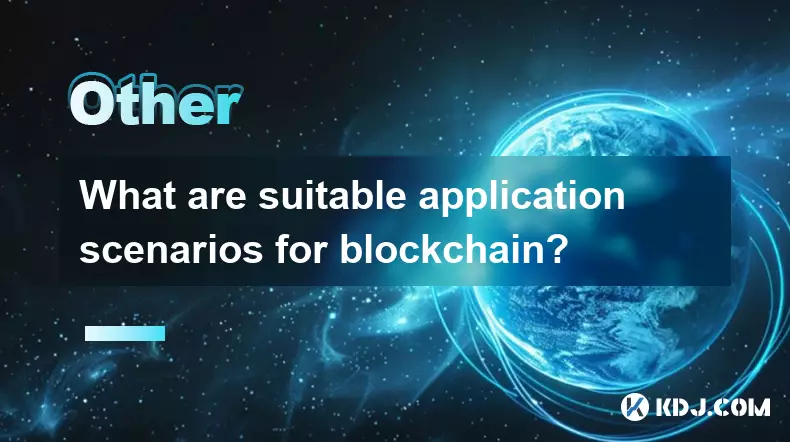
What are suitable application scenarios for blockchain?
Sep 20,2025 at 03:19am
Decentralized Finance (DeFi) Platforms1. Blockchain enables the creation of financial services without centralized intermediaries, allowing users to l...
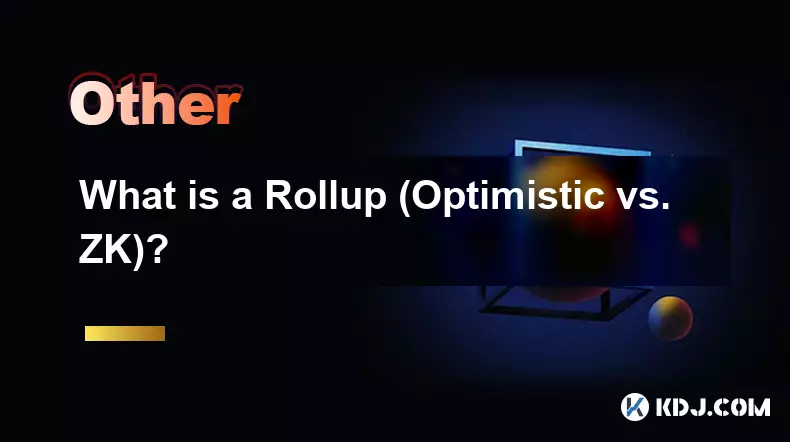
What is a Rollup (Optimistic vs. ZK)?
Sep 22,2025 at 03:00pm
Understanding Rollups in Blockchain Technology1. Rollups are layer-2 scaling solutions designed to increase transaction throughput on blockchains like...
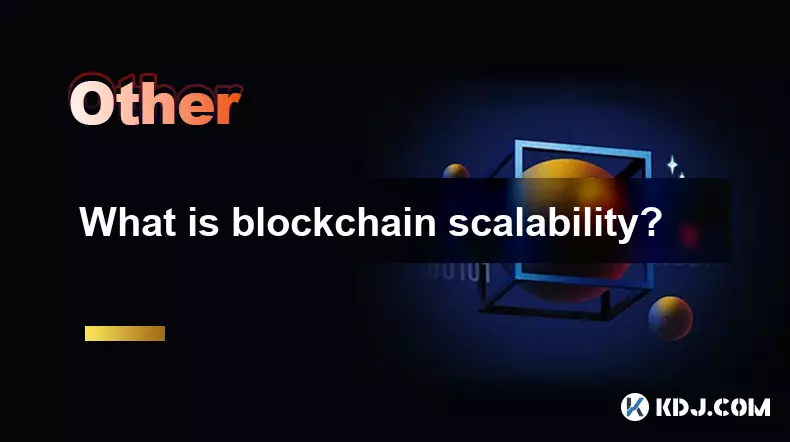
What is blockchain scalability?
Sep 19,2025 at 06:18am
Understanding Blockchain Scalability1. Blockchain scalability refers to a network's ability to handle an increasing number of transactions without com...
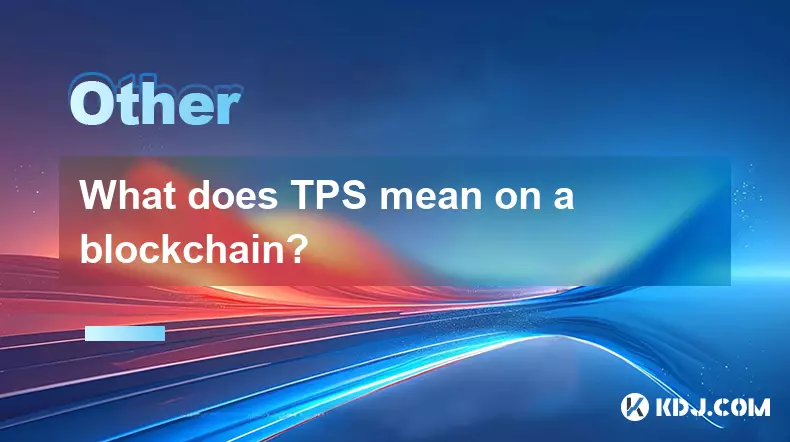
What does TPS mean on a blockchain?
Sep 21,2025 at 09:54am
Understanding TPS in Blockchain Technology1. TPS stands for Transactions Per Second, a metric used to measure the number of transactions a blockchain ...
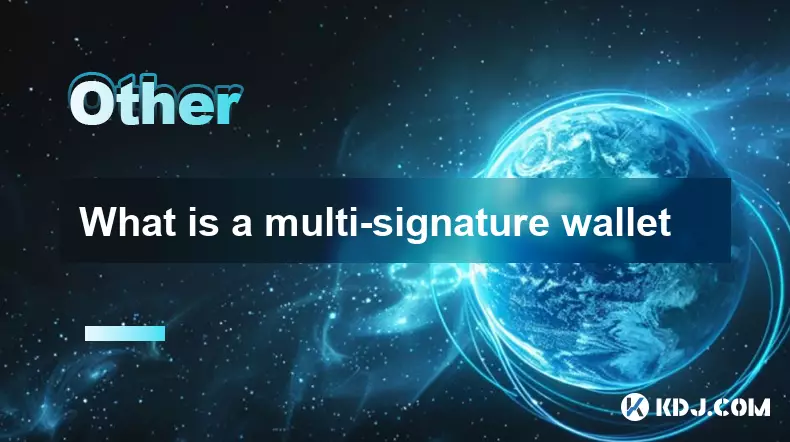
What is a multi-signature wallet
Sep 20,2025 at 07:00am
Understanding Multi-Signature Wallets in Cryptocurrency1. A multi-signature wallet, often referred to as a multisig wallet, is a type of cryptocurrenc...

What is a token economy?
Sep 20,2025 at 12:18am
Understanding the Foundations of a Token Economy1. A token economy in the context of cryptocurrency refers to a system where digital tokens are used a...

What are suitable application scenarios for blockchain?
Sep 20,2025 at 03:19am
Decentralized Finance (DeFi) Platforms1. Blockchain enables the creation of financial services without centralized intermediaries, allowing users to l...

What is a Rollup (Optimistic vs. ZK)?
Sep 22,2025 at 03:00pm
Understanding Rollups in Blockchain Technology1. Rollups are layer-2 scaling solutions designed to increase transaction throughput on blockchains like...

What is blockchain scalability?
Sep 19,2025 at 06:18am
Understanding Blockchain Scalability1. Blockchain scalability refers to a network's ability to handle an increasing number of transactions without com...

What does TPS mean on a blockchain?
Sep 21,2025 at 09:54am
Understanding TPS in Blockchain Technology1. TPS stands for Transactions Per Second, a metric used to measure the number of transactions a blockchain ...

What is a multi-signature wallet
Sep 20,2025 at 07:00am
Understanding Multi-Signature Wallets in Cryptocurrency1. A multi-signature wallet, often referred to as a multisig wallet, is a type of cryptocurrenc...
See all articles









































































